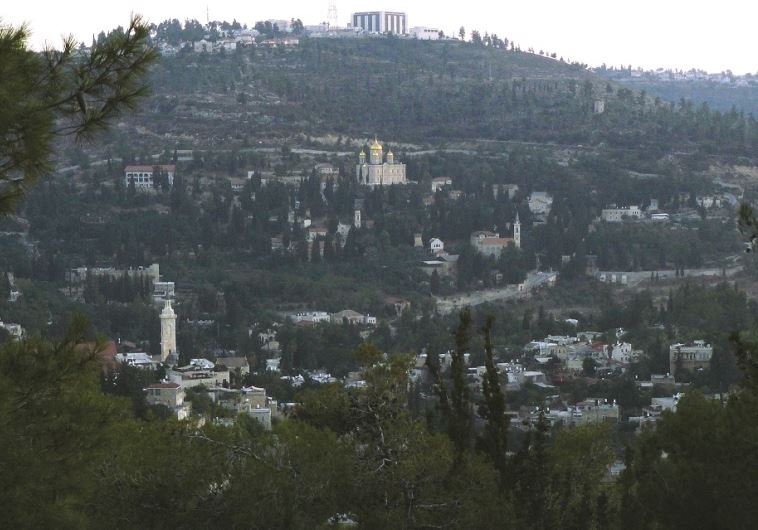John the Baptist straddles the line of Bold Baptizer and Captive Questioner
Believers always remember John’s life, embracing the hardship of the desert or baptizing at the Jordan River.
 Church tradition holds that John was born in Ein Karem(photo credit: DAVID SMITH)Updated:
Church tradition holds that John was born in Ein Karem(photo credit: DAVID SMITH)Updated: